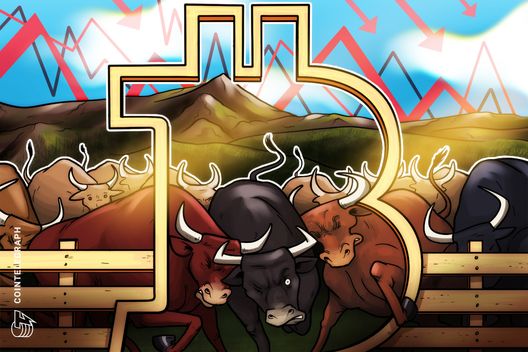Despite significant funds funneled into Bitcoin from exchange-traded funds (ETFs) and institutional buyers, the cryptocurrency’s price remains stagnant into 2025. The continuous flow of billions into Bitcoin has sparked curiosity about why the price has not exhibited notable growth. Experts point out that visible purchases alone do not account for this trend, suggesting a host of interconnected factors are at play.
How Are ETFs Impacting Bitcoin?
Data indicates a strong demand for Bitcoin acquisitions through ETFs. Since early 2025, ETFs have acquired around 100,000 BTC. Yet, this influx has not led to the anticipated price rise. Experts note that not all ETF acquisitions are institutional; some are from high-net-worth individuals or family offices. These acquisitions, while influential long-term, have yet to significantly affect immediate pricing dynamics.
What Role Do Corporate Treasuries Play?
Corporate treasuries have also aggressively amassed Bitcoin, with Strategy, for instance, boosting its holdings from 528,000 BTC to 592,000 BTC this year. Collectively, treasuries in 2025 hold beyond 823,000 BTC. Despite Bitcoin’s surpassing one trillion dollars in market cap, large price spikes reminiscent of past experiences seem unlikely under the current market environment.
Additionally, profit sales from long-term holders have affected Bitcoin’s momentum. Investors holding for 1-5 years have released approximately 240,000 BTC into the market in three months, counteracting new institutional purchases. Daily, miners introduce about 450 new BTC, enhancing supply. This balance in the market is key to the stable price trends we observe.
In derivatives, significant growth is seen with open positions jumping from $5 billion to $25 billion in recent years. This preference for derivatives over spot transactions dampens direct demand’s impact on price surges.
Which Trends May Influence Future Prices?
There has been a subtle decline in Bitcoin’s long-term investor sales, with daily net sales below 1,000 BTC, hinting at potential price gains. Should institutional interest sustain and retail enthusiasm resurrect, the market could witness accelerated growth.
Matt Crosby from Bitcoin Magazine remarked, “If long-term investor sales dwindle while institutional purchases endure, a new Bitcoin rally may emerge.”
Historically, notable Bitcoin price jumps have correlated with increased retail demand, highlighting the emotional nature of market responses.
Taking all these dynamics into account, continuous ETF and institutional investments maintain a constant inflow to Bitcoin. Nonetheless, sales from longtime holders and the swelling derivatives market prevent any major short-term price escalations. If, however, sales lessen as demand escalates, modest price upticks could be seen in the foreseeable future. Understanding these market mechanics may guide investors in managing their strategies more effectively.
Disclaimer: The information contained in this article does not constitute investment advice. Investors should be aware that cryptocurrencies carry high volatility and therefore risk, and should conduct their own research.
















 English (US)
English (US)